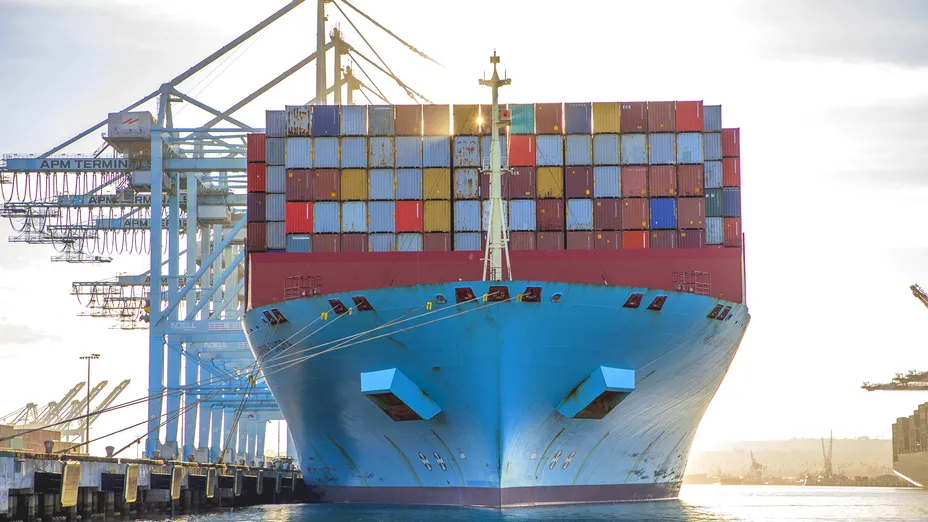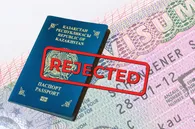National railway company Kazakhstan Temir Zholy (KTZ) announced that three key points in the Trans-Caspian International Transport Route (TITR) have doubled their volume of shipping.
Aktau Sea сommercial port, Kuryk port, and Aktau marine north terminal
Since the start of 2022, more than 1.2 million tons of cargo have been loaded in the Aktau Sea commercial port, which is twice more than in the same period of 2021.
From February to April 2022, the number of transshipped containers increased from 1,657 TEU (twenty-foot equivalent unit) to 3,099 TEU.
Head of Aktau Sea commercial port Abai Turikpenbayev said that the traffic volume on the TITR route is expected to increase sixfold this year – up to 3.2 million tons.
Aktau marine north terminal, which is part of TITR, Transport Corridor Europe-Caucasus-Asia (TRACECA) and the International North-South Transport Corridor (INSTC) dispatch cargo to the ports of Iran, Russia, and Azerbaijan.
A special project on its expansion in the northern direction has increased the port’s capacity for general cargo from two million tons to four million tons, and the grain terminal’s capacity from 0.6 million tons to 1.6 million tons.
For comparison, during a 10-month period in 2021, the volume of cargo transportation through the Aktau marine north terminal was 813,500 tons.
Serik Akhmetov, director-general of the Kuryk port, spoke about the work at the seaport.
“Since last month there are three times more machines, three times more wagons, and accordingly, the weight parameters have become larger,” said Akhmetov. Now, the ferry boats accommodate 54 railway wagons and the port can serve four ferry boats at a time.
Kuryk port also carries out the shipment of automobile transports. “The whole logistics of Turkey is based on cars, so we put a lot of emphasis on creating a special corridor for motor transport,” he added.
TITR, also known as the Middle Corridor, starts from Southeast Asia and China, runs through Kazakhstan, the Caspian sea, Azerbaijan, Georgia and further to European countries, and is part of the new so-called Silk Road. It functions similarly to the ancient Silk Road, which connected Asia with the Mediterranean and the European world during the Middle Ages.










